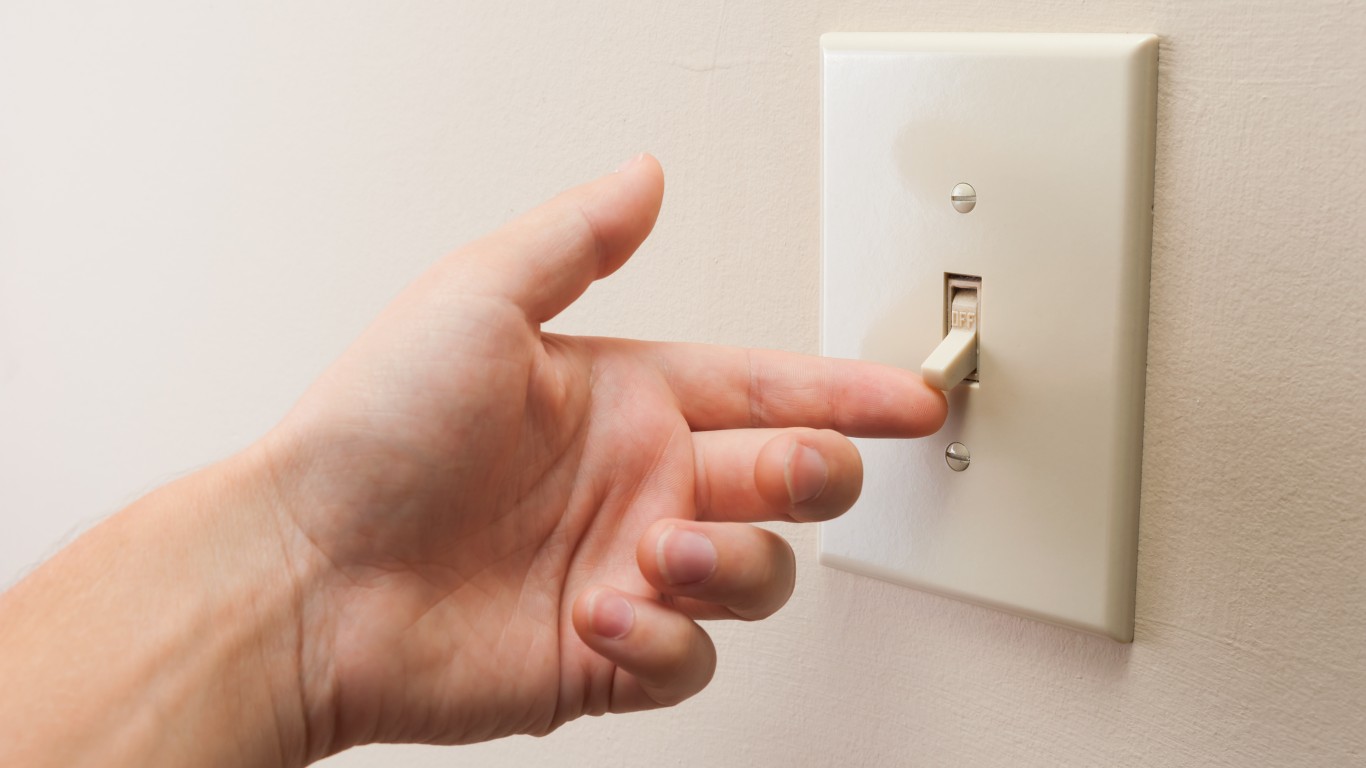Investing
Hawaii Electric, PG&E, and the new climate risk to utilities

Published:
Last Updated:

The collapse in shares of Hawaiian Electric Industries $HE last week and the bankruptcy of California’s PG&E $PCG almost five years ago after its downed wires sparked deadly wildfires are driving home a new dynamic to utility investors just as demands for a new grid infrastructure reach a frenzy.
While the opportunities in rebuilding the nation’s grid of some 1,600 public and private utilities to expand renewable energy usage are enormous, the fires in California and now in Maui are stark reminders that a new era of climate risk tied to existing infrastructure is outpacing innovation.
The nation’s top utility funds are all down about 7% year-to-date, mostly because utilities tend to flourish in falling interest rate environments, which make their healthy dividends more attractive. With rates now rising, funds such as Fidelity Select Utilities (FSUTX), Franklin Utilities (FKUTX) and MFS Utilities (MMUFX) have underperformed. Shares of Consolidated Edison $ED , one of the nation’s largest utilities, are also down 7%, while PG&E shares are up 2% this year.
While ambitious investors might see this as a perfect buying opportunity for some utilities, the new era of wildfire risk to wind-blown utility poles certainly underscores the need for more rapid transition of these once plodding businesses. This is likely to come at the expense of consumers, both in higher rates and in potentially more blackouts as utilities try to avoid the next Maui-like crisis by cutting power to transmission lines during violent windstorms.
Investors should expect that any such transition will come with a period of rapid consolidation as well, all in all making the utilities sector over the next decade anything but boring.
. . . . Think all sustainable funds are the same? Think again. Mark Hulbert shows how the incredible diversity in sustainable strategies, definitions, and returns, proves that the sustainability sector is not even an investment category by standard definitions. The differences shouldn’t be surprising, Hulbert contends, as even the definition of what is sustainable itself depends on who is defining it. For investors, this means that choosing to be a sustainable investor is just a first step, not a last one. It’s still a stock-pickers market, even for sustainable funds. . .
Subscribe to Callaway Climate Insights to keep reading this post and get 7 days of free access to the full post archives.
After two decades of reviewing financial products I haven’t seen anything like this. Credit card companies are at war, handing out free rewards and benefits to win the best customers.
A good cash back card can be worth thousands of dollars a year in free money, not to mention other perks like travel, insurance, and access to fancy lounges.
Our top pick today pays up to 5% cash back, a $200 bonus on top, and $0 annual fee. Click here to apply before they stop offering rewards this generous.
Flywheel Publishing has partnered with CardRatings for our coverage of credit card products. Flywheel Publishing and CardRatings may receive a commission from card issuers.
Thank you for reading! Have some feedback for us?
Contact the 24/7 Wall St. editorial team.